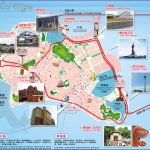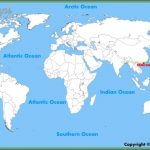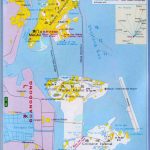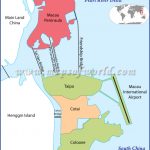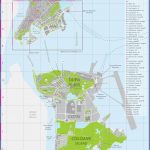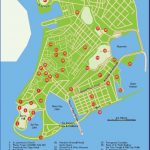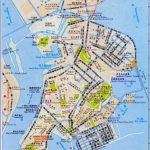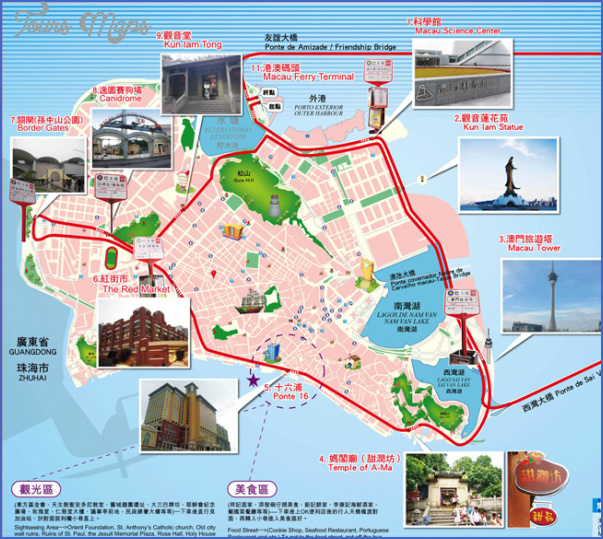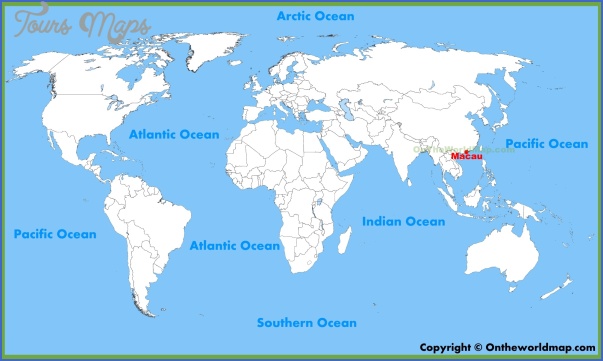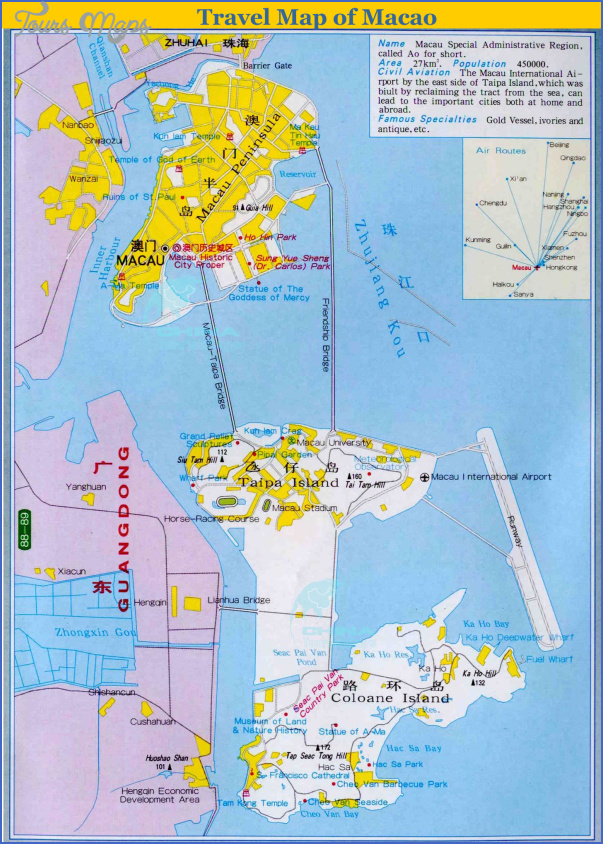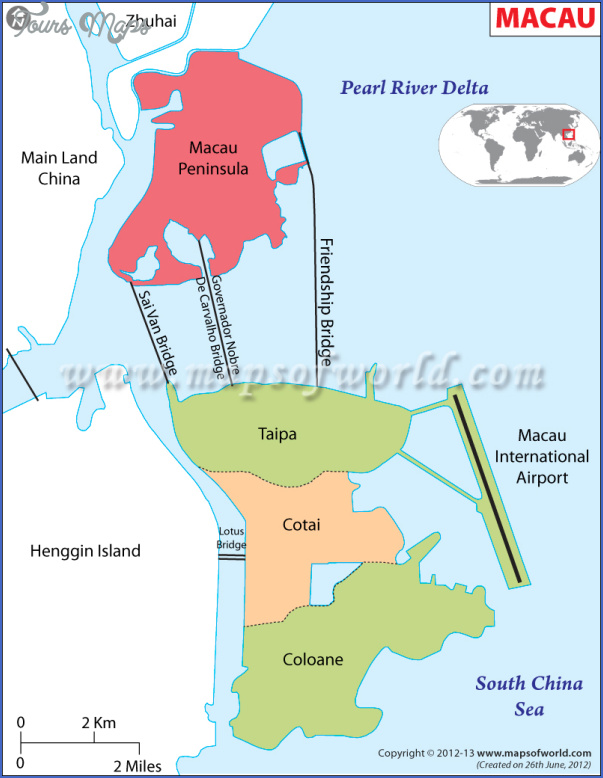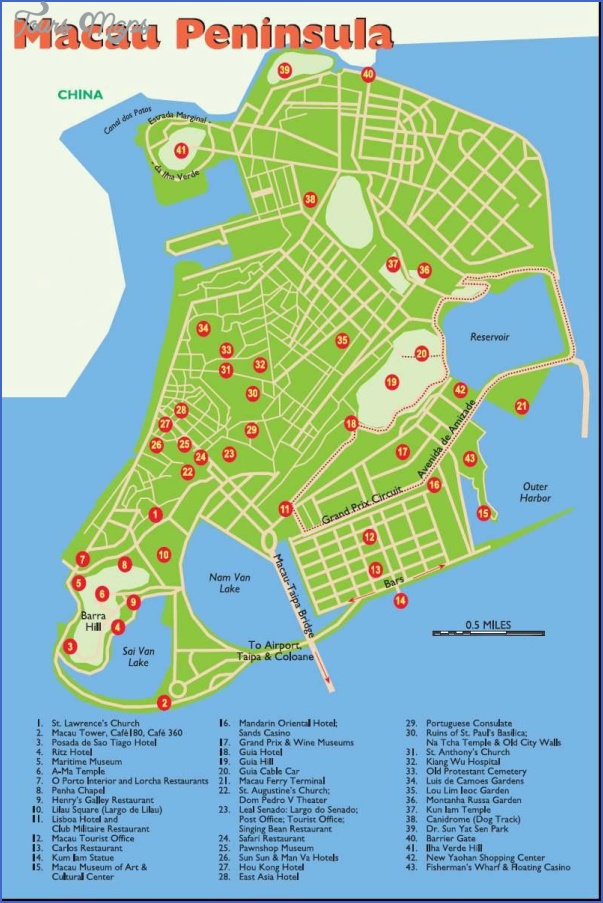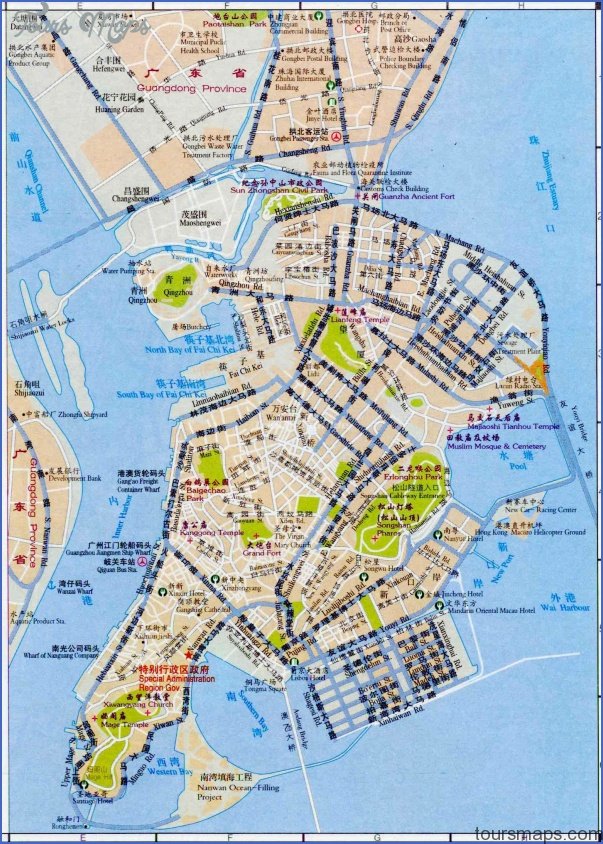Population: approx. 500,000. Capital: Macau
The short description which follows must be read in the light of thefactthat Macau is to be returned to Chinese sovereignty in 1999. More detailed coverage is provided by the separate Baedeker guide “Hong Kong
The Chinese territory under Portuguese administration, known as Macau, Situation and in Chinese Ao Men or An Men (from “A Ma Gao” = Bay of A Ma, the Chinese Territory goddess of seafarers and fishermen), lies about 90km/56 miles south of Canton (Guangzhou) on the South China coast, about 60km/37 miles west-south-west of the British colony of Hong Kong on the west side of the Canton delta, the broad estuarian expanse of the Canton or Pearl River (Zhujiang/Chukiang).
The territory of Macau extends between 22°06′ and 22°12’N (only a short distance south ofthe Tropic of Cancer) and 113°34′ and 113°35’E, and is bounded to the north by the People’s Republic of China (province of Guangdong/Kwantung). Its area of 18sq.km/7sq. miles is steadily increasing as a result of land reclamation and includes the 7sq.km/21/2sq.mile hilly peninsula of Macau with its capital ofthe same name (originally in Portuguese “Cidade do Sao Nome de Deus de Macau, Nao Ha Outra Mais Leal”), as well as the offshore islands of Taipa (about 4sq.km/lY2sq. miles) and Coloane (about 7sq.km/21/2sq. miles) which are linked to Macau and one another by a bridge (a second is under construction) and causeway.
The climate of Macau is subtropical, the weather warm to hot with an Climate annual average temperature of around 20°C/68°F (average maximum of 28°C/82°F), a relative humidity level of 73-90% and most rainfall occurring between April and October. However, a cool sea-breeze makes the hot period of the year more bearable than in Hong Kong. The winter half ofthe year is low in rainfall and less hot (under 20°C/68°F). The most pleasant weather conditions are in November and December, while from May to September there are occasional typhoons.
95% of the population of about Population half a million are Chinese, with the remainder comprising small minorities of Portuguese and other Europeans. A large proportion ofthe Chinese inhabitants are refugees who migrated there during the occupation of China and Hong Kong by Japanese troops during the Second World War or during Mao Zedong’s “cultural revolution”.
The population of Macau is pre- Religion dominantly Buddhist (about 77%).
Although there are only 25,000 Catholics, Macau is the see of a bishop.
The official languages are Portu- Language guese and Chinese (Cantonese), butEnglish isthe language mainly used for trade and communications.
On February 17th 1976 Macau was Administration granted a statute of autonomy which guaranteed the territory’s full internal self-government under Portuguese sovereignty.
History Political perspectives Economy legislative assembly, at the head of which stands the Governor, appointed by the Portuguese President, who is aided by a Consultative Council. The Governor and his secretaries look after all executive decisions.
There are several parties, including the Beijing-oriented Electors’ Union and the Pro-Macau Group.
Macau is the oldest European colony in China. After military skirmishes the mandarins governing the Chinese province of Canton granted a lease of the Macau area to the Portuguese, subject to payment of an annual rent. From very early on Macau was a missionary centre and then in 1575 the diocese was founded with responsibility for Christianity in China and Japan.
In the first century of its existence Macau became prosperous as a result of its trade with China and Japan, but it was not long before this turned into a steady decline, caused primarily by Japan’s decision to sever contacts with the rest of the world. In addition the Portuguese had to contend with both a large amount of competition and also the activities of pirates, whose ranks included a considerable number of adventurers from the Netherlands and other European countries.
In 1845 Macau was declared a free port (a status it still holds today) and henceforth no longer had to pay import, turnover and leasing duties to China. The Governor Joao Ferreira do Amaral, who took office in 1846, pursued this policy even further and drove out the Chinese tax-collectors. His harsh rule later led to his being attacked and killed by outraged peasants. The Treaty of Tientsin in 1862 confirmed Portuguese sovereignty over Macau and the islands of Taipa and Coloane but was not ratified by China until December 1st 1887. In return Portugal undertook never to sell Macau and the islands without the consent of China. As a result of favourable commercial conditions more and more Chinese merchants were attracted to Macau and the territory was quickly to become the preferred summer residence of British traders, who would await the start of the next season here.
In the Second World War Macau remained neutral and was therefore not occupied by the Japanese. In 1951 the territory was declared a Portuguese overseas province. In 1966 in the course of demonstrations in favour of Macau’s becoming part of the People’s Republic of China there were deaths and injuries but peace soon returned with China apparently still having good reasons for maintaining the status quo. However, the change of power in Portugal, which followed the bloodless military coup carried out in 1974 against the dictator Salazar, brought with it a movement for decolonisation. Initially, however, China rejected Portugal’s offer to return Macau. Nevertheless in 1976 the territory received a new statute of autonomy which guaranteed its internal independence. Since then Macau has been a “Chinese territory under Portuguese administration”.
In 1986 Portugal and the People’s Republic of China agreed that, in accordance with the lease agreement in operation since 1557, Macau should be handed backto China on December 20th 1999 (after442 years!). Macau will then be conceded a special status similar to that which Hong Kong will receive in 1997. All Macauans born in the territory up to December 31st 1979 will automatically become Portuguese citizens and be entitled to travel to Portugal and the other countries of the EU whenever they wish.
Agricultural products: sweet potatoes, ground-nuts, tobacco; fishing; industries: textiles, clothing, matches, fireworks, porcelain, ceramics, optical and electrotechnical goods, plastics; exports: textiles, leather goods, foodstuffs, fireworks, optical instruments; gold (government monopoly); tourism (including casinos).
The economy of the territory is based above all on textiles and clothing, electrical and optical equipment, and fireworks. Small and medium-sized businesses predominate. A very important role is also played by tourism,
in particular the Hong Kong Chinese who come to Macau in order to gamble (forbidden in the British colony).
1 pataca (Pat.,M-$) = 100 avos (Avs). Banknotes are in the following denominations: 5,10,50,100 and 500 patacas, and there are also coins with the values 10, 20 and 50 avos and 1 and Sj patacas.
In recent years Macau has been almost totally dependent on Hong Kong for its transport services, with ferries, hydrofoils, hovercrafts, motorboats and helicopters connecting the two territories. On the east side ofthe peninsula of Macau lies the Outer Harbour (Porto Exterior) with its ferry terminals, while on the west side is the Inner Harbour (Porto Interior), which is protected from typhoons.
Vehicles travel on the left in Macau.
In recent times a major effort has been made to effect every possible improvement in the transport infrastructure. Thus on the Macau peninsula, a short distance to the north-east of the Shun Tak Centre, a second ferry terminal, the New Macau Ferry Terminal, has been built. A second road bridge between Macau and Taipa (the New Macau-Taipa Bridge) is under construction. Macau’s first fully international airport, built on newly reclaimed land off the east coast of Taipa, came into operation in 1996, On the north-east coast ofthe island of Coloane a new deep-water harbour is being built for container ships (Ka Ho Container Port). A land reclamation project aims to fill in all the waters between the islands of Taipa and Coloane, something which would lead to a radical environmental change for the whole area. Furthermore, the introduction of rail and motorway links with China are envisaged.
Recent milestones in the promotion of tourism include the greatly increased hotel capacity offered by the territory (between 1991 and 1993 almost doubled) and the establishment of an extensive leisure area in the south-east of Coloane.
Macau Map Photo Gallery
Maybe You Like Them Too
- The Best Cities To Visit in The World
- World’s 10 Best Places To Visit
- Coolest Countries in the World to Visit
- Travel to Santorini, Greece
- Map of Barbados – Holiday in Barbados

